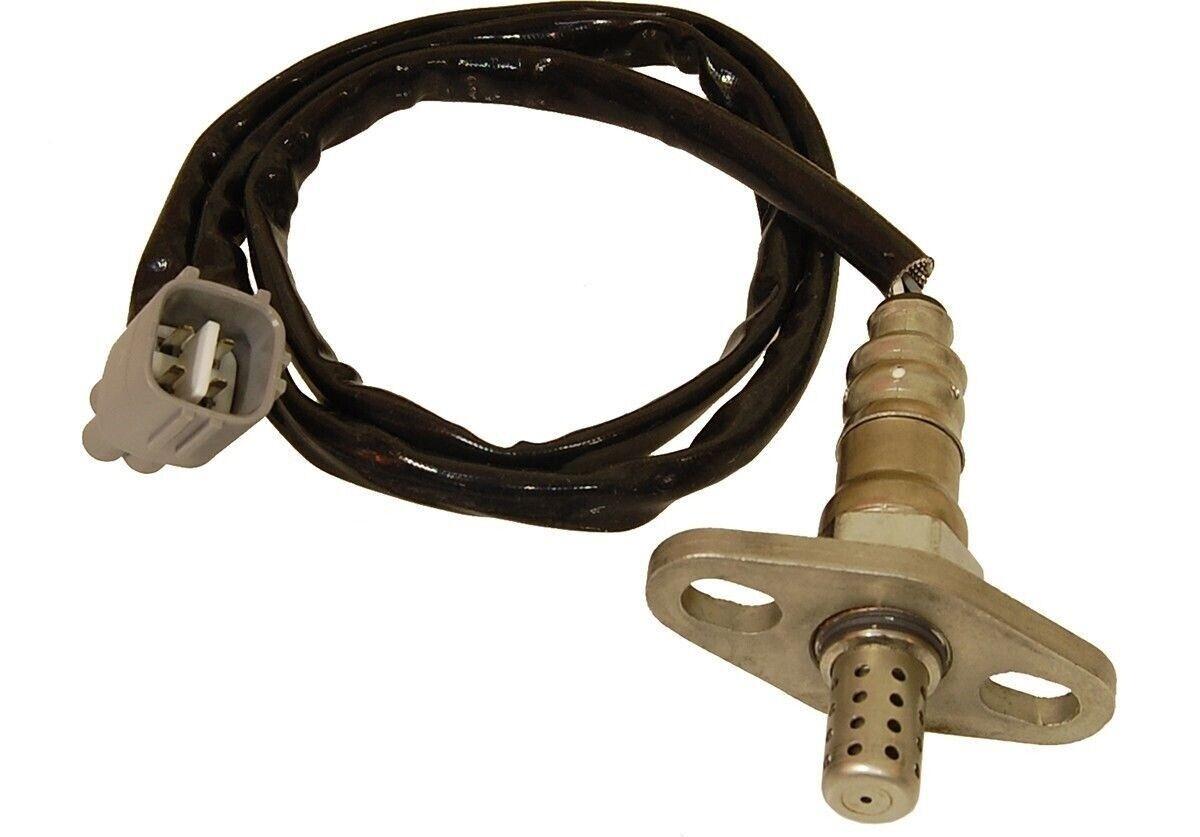Oxygen sensors, often referred to as O2 sensors, are vital components in modern engines, including the high-performance 2JZ-GTE engine. These sensors monitor the oxygen levels in the exhaust gases and provide feedback to the Engine Control Module (ECM). This information is crucial for adjusting the air-fuel mixture, optimizing combustion, and reducing emissions. When oxygen sensors fail, it can lead to various performance issues, including poor fuel economy, increased emissions, and rough idling. In this article, we will explore how to check and replace oxygen sensors to ensure your 2JZ-GTE engine runs efficiently and meets emission standards.
Understanding Oxygen Sensors
Components and Functions:
Oxygen sensors in the 2JZ-GTE engine include:
- Sensor Element: Detects the oxygen levels in the exhaust gases.
- Sensor Housing: Protects the sensor element from contaminants and extreme temperatures.
- Wiring and Connectors: Transmit the sensor’s data to the ECM.
These components work together to provide accurate oxygen level readings, enabling the ECM to adjust the air-fuel mixture for optimal performance.
Common Issues:
Several common issues can affect oxygen sensors:
- Sensor Contamination: Contaminants such as oil, fuel, and coolant can coat the sensor element, reducing its effectiveness.
- Wiring Problems: Damaged or corroded wiring can disrupt the signal from the sensor to the ECM.
- Sensor Aging: Over time, oxygen sensors can wear out and become less responsive.
- Physical Damage: Physical damage to the sensor or its housing can impair its functionality.
Checking Oxygen Sensors
Step-by-Step Inspection Procedures:
- Visual Inspection:
- Wiring and Connectors: Inspect the wiring and connectors related to the oxygen sensors for signs of wear, damage, or corrosion.
- Sensor Housing: Check the sensor housing for physical damage or contamination.
- Using an OBD II Scanner:
- Connect the Scanner: Plug the OBD II scanner into the vehicle’s diagnostic port.
- Read Diagnostic Trouble Codes (DTCs): Check for any stored DTCs related to the oxygen sensors. Common codes include P0130 (O2 Sensor Circuit Malfunction) and P0171 (System Too Lean).
- Live Data Monitoring: Use the scanner to monitor real-time data from the oxygen sensors. Look for any irregularities or out-of-spec readings.
- Sensor Testing:
- Voltage Output: Using a multimeter, check the voltage output of the oxygen sensors. The sensor should produce a fluctuating voltage between 0.1V and 0.9V as the engine runs. Compare the readings to the manufacturer’s specifications.
- Resistance Check: Measure the resistance of the sensor’s heating element (if applicable) to ensure it falls within the specified range.

Replacing Oxygen Sensors
Step-by-Step Replacement Procedures:
- Preparation:
- Tools Needed: OBD II scanner, multimeter, oxygen sensor socket, ratchet, anti-seize compound, and replacement oxygen sensors.
- Safety Precautions: Ensure the engine is cool before starting the replacement process to avoid burns from hot exhaust components.
- Removing the Old Sensor:
- Disconnect the Battery: Disconnect the negative terminal of the battery to prevent electrical shocks.
- Locate the Sensor: Identify the location of the faulty oxygen sensor (upstream or downstream).
- Disconnect the Wiring: Carefully disconnect the wiring connector from the sensor.
- Remove the Sensor: Use the oxygen sensor socket and ratchet to remove the old sensor from the exhaust pipe.
- Installing the New Sensor:
- Apply Anti-Seize Compound: Apply a small amount of anti-seize compound to the threads of the new sensor to facilitate future removal.
- Install the New Sensor: Screw the new sensor into the exhaust pipe and tighten it securely with the oxygen sensor socket and ratchet.
- Reconnect the Wiring: Connect the wiring connector to the new sensor.
- Reconnect the Battery: Reconnect the negative terminal of the battery.
- Testing the New Sensor:
- Use an OBD II Scanner: After installation, use the OBD II scanner to clear any stored DTCs and check for proper sensor operation.
- Monitor Live Data: Monitor the live data from the new oxygen sensor to ensure it is functioning correctly.
Preventive Maintenance Tips
Regular maintenance of oxygen sensors can prevent many common issues:
- Routine Inspections: Inspect the oxygen sensors, wiring, and connectors regularly for signs of wear or damage.
- Use Quality Fuel: Use high-quality fuel to minimize the risk of contaminant buildup on the sensors.
- Regular Cleaning: Periodically clean the sensors using appropriate cleaning solutions to remove contaminants.
- Monitor Performance: Pay attention to changes in fuel economy and engine performance, as these can indicate sensor issues.
Conclusion
Maintaining oxygen sensors is crucial for the optimal performance of your 2JZ-GTE engine. By understanding the components and functions of the system, recognizing common issues, and following systematic inspection and replacement procedures, you can ensure your engine runs efficiently and meets emission standards. Regular preventive maintenance is key to avoiding oxygen sensor problems and prolonging the life of your engine.
Monitor your engine’s oxygen sensors regularly and take action if you notice any signs of malfunction. Use the inspection and replacement techniques outlined in this article to address issues promptly. For complex problems or if you are unsure about the repairs, seek professional help to ensure your engine remains in optimal condition.
Frequently Asked Questions (FAQs)
What causes oxygen sensor issues?
Common causes include sensor contamination, damaged or corroded wiring, sensor aging, and physical damage.
How can I diagnose oxygen sensor problems in my 2JZ-GTE engine?
Use an OBD II scanner to read diagnostic trouble codes and monitor live data. Perform visual inspections and test the sensor’s voltage output and resistance.
What are the symptoms of oxygen sensor issues?
Symptoms include poor fuel economy, increased emissions, rough idling, and check engine light activation.
Can oxygen sensor problems damage my engine?
Yes, if left unaddressed, oxygen sensor issues can lead to decreased performance and increased emissions.
How can I prevent oxygen sensor issues?
Preventive measures include routine inspections, using quality fuel, regular cleaning, and monitoring performance.